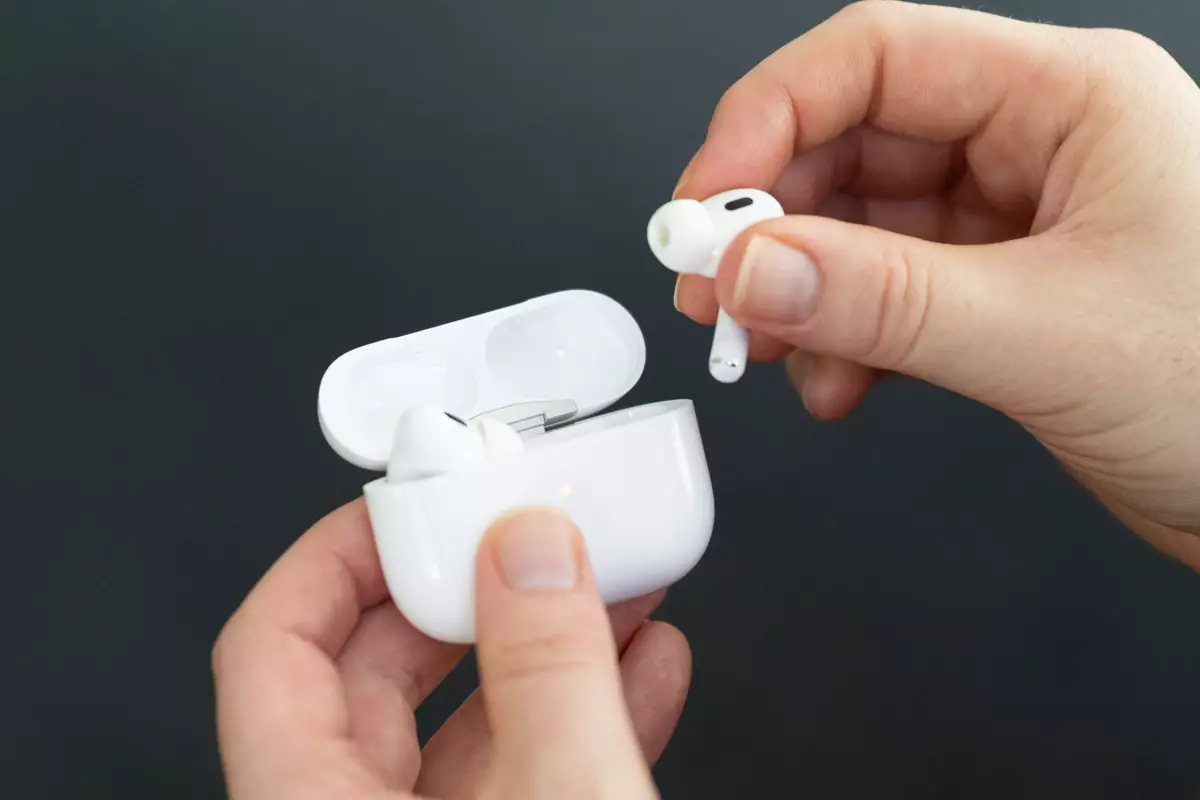Apple has always been at the forefront of technological innovation, and its recent announcement concerning the AirPods Pro 2 exemplifies this trend. During the much-anticipated “Glowtime” event, while the focus was primarily on the new iPhone 16, it was the indirect evolution of the AirPods that captivated many. With a groundbreaking software update set to transform the AirPods Pro 2 into a hearing aid, Apple is venturing into territory that merges consumer technology with essential health support, underlining an important shift in the company’s approach to product functionality.
FDA Approval: A Milestone for Accessibility
The United States Food and Drug Administration (FDA) has made commendable strides in hearing technology regulation by granting approval for the first over-the-counter (OTC) hearing aid software, paving the way for Apple’s innovative venture. This change is significant not just for Apple but for the millions suffering from hearing loss, particularly for those grappling with mild to moderate impairments who might not have sought traditional hearing aids. With Michelle Tarver of the FDA noting the pressing public health concern of hearing loss, the organization’s endorsement of the AirPods as a viable hearing aid underlines an essential evolution in managing auditory health.
Accessibility Through Technology
The recent regulatory shift, which previously mandated hearing aids to require prescriptions, has unlocked a new industry focused on accessible hearing solutions. Apple’s initiative to convert its hugely popular AirPods Pro 2 into a hearing aid demonstrates an awareness of challenging traditional healthcare barriers. By leveraging its platform and ecosystem, Apple is able to offer an easily accessible solution—a stark contrast to the often cumbersome routes to obtain hearing aids. With the software update, users can expect a straightforward auditory enhancement experience, a feature that could democratize the way people address hearing loss.
The AirPods Pro 2 will incorporate a hearing test accessible through iOS 18, giving users the ability to assess their own auditory capabilities. This feature not only empowers individuals to recognize potential hearing issues but also gives them some control over their auditory health management. Users can even upload their medical hearing test results, integrating professional assessments with personal technology. The ability of AirPods to adjust frequency levels to enhance sound clarity, especially for crucial conversational tones, emphasizes a blend of technology and health, marking a significant transition in consumer electronics.
Apple’s entry into the hearing aid domain might signal a potential disruption in the hearing care industry, urging other tech companies to explore similar paths. By innovating in an essential health-related sphere, Apple not only broadens its market but also elevates the conversation around hearing health in everyday consumer products. The prospect of mainstream acceptance of tech-integrated sensory aids could lead to a profound cultural shift in how hearing loss is perceived and managed, moving away from stigma to embracing smart technology solutions that offer both style and efficacy.
The AirPods Pro 2’s transformation into a hearing aid reflects not just an adaptation of existing technology but a reimagining of how we interact with health and wellness through innovation. As we look forward to seeing how this initiative unfolds, it sets a precedent for future advancements that intertwine technology with essential human needs.

